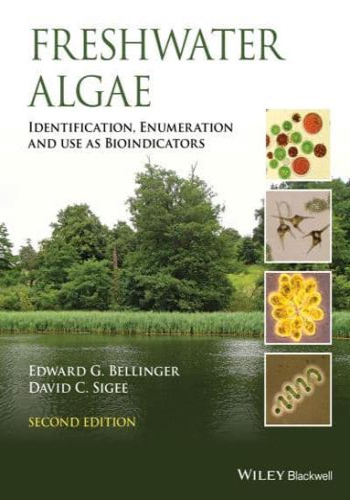This is the second edition of Freshwater Algae; the popular guide to temperate freshwater algae. This book uniquely combines practical information on sampling and experimental techniques with an explanation of basic algal taxonomy plus a key to identify the more frequently-occurring organisms. Fully revised, it describes major bioindicator species in relation to key environmental parameters and their implications for aquatic management.
This second edition includes:
the same clear writing style as the first edition to provide an easily accessible source of information on algae within standing and flowing waters, and the problems they may cause
the identification of 250 algae using a key based on readily observable morphological features that can be readily observed under a conventional light microscope
up-to-date information on the molecular determination of taxonomic status, analytical microtechniques and the potential role of computer analysis in algal biology
upgrades to numerous line drawings to include more detail and extra species information, full colour photographs of live algae - including many new images from the USA and China
Bridging the gap between simple identification texts and highly specialised research volumes, this book is
used both as a comprehensive introduction to the subject and as a laboratory manual. The new edition will be invaluable to aquatic biologists for algal identification, and for all practitioners and researchers working within aquatic microbiology in industry and academia.







